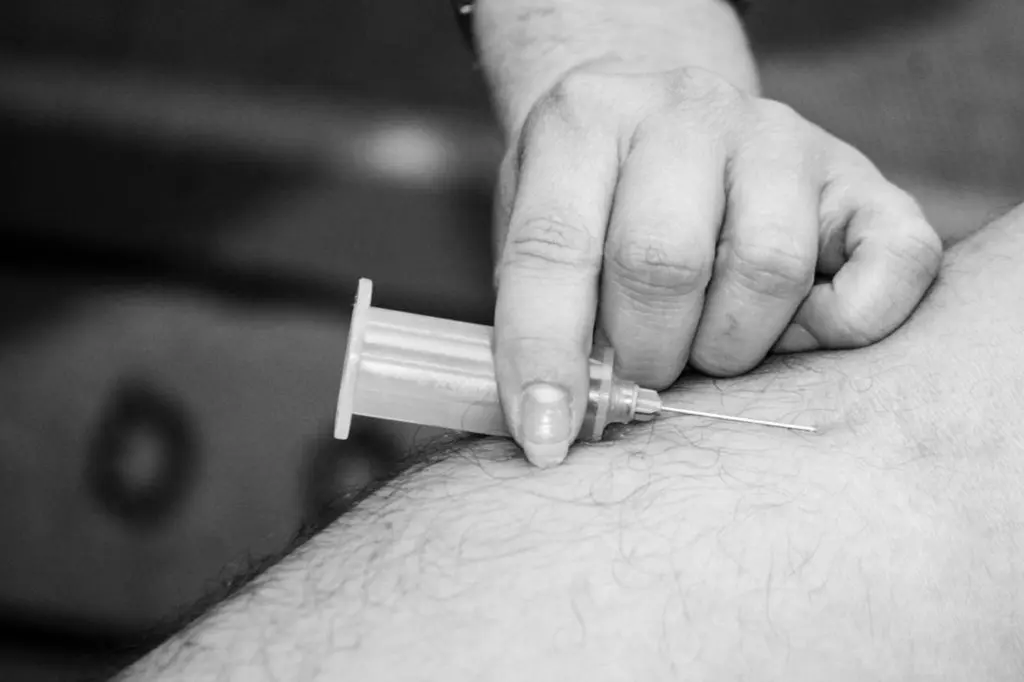Whatever the needs of a patient, nurses play an important part in the rehabilitation process by informing patients of their condition, assessing patient needs, and making sure patients are referred to proper care facilities to further their progress.
We’ll take a closer look at these examples, and other ways that practical nurses help with patient rehabilitation.
Nurses Help Patients Understand Their Condition
A professional with a practical nursing diploma knows how to explain complicated medical terms so that patients understand their condition fully. For example, a nurse can help explain the importance of a new diet and exercise plan to a patient that has suffered from a heart attack. Or, a nurse can explain which symptoms a person recovering from surgery will need to monitor, and when it might be necessary for them to seek additional medical treatment.
Through their ability to communicate with patients in a caring and professional manner, nurses make sure that patients are equipped with the knowledge they need for a successful rehabilitation.
Nurses Help Assess Patient Needs
Nurses work closely with their patients and therefore develop a good sense of how they are recovering. Throughout their practical nursing training, they learn which signs to look for during a patient’s recovery, and when that patient might need additional support from other health care professionals such as a counsellor or physiotherapist.
For example, if a patient suffers from a stroke, then a nurse will assess the patient through a series of tests to determine the extent of damage caused to the brain. The nurse will also help guide the patient through exercises that will strengthen limbs, and will closely monitor the patient’s vital signs. Throughout the course of that treatment, the nurse could notice that the patient is improving significantly, and might be able to recommend an early discharge, or additional physiotherapy to help with their recovery.
Nurses Communicate with Other Health Care Professionals
The rehabilitation process is often a team effort that involves many different health care professionals. During their studies at practical nursing school, trained nurses learn how to monitor and communicate a patient’s progress to other health care professionals such as doctors and physiotherapists.
Practical nurses will often be responsible for notifying doctors of changes in a patient’s progress, or notifying other health care professionals of important medical history as the patient goes on to another facility to receive additional treatment.
How else can practical nurses help in the rehabilitation process?










